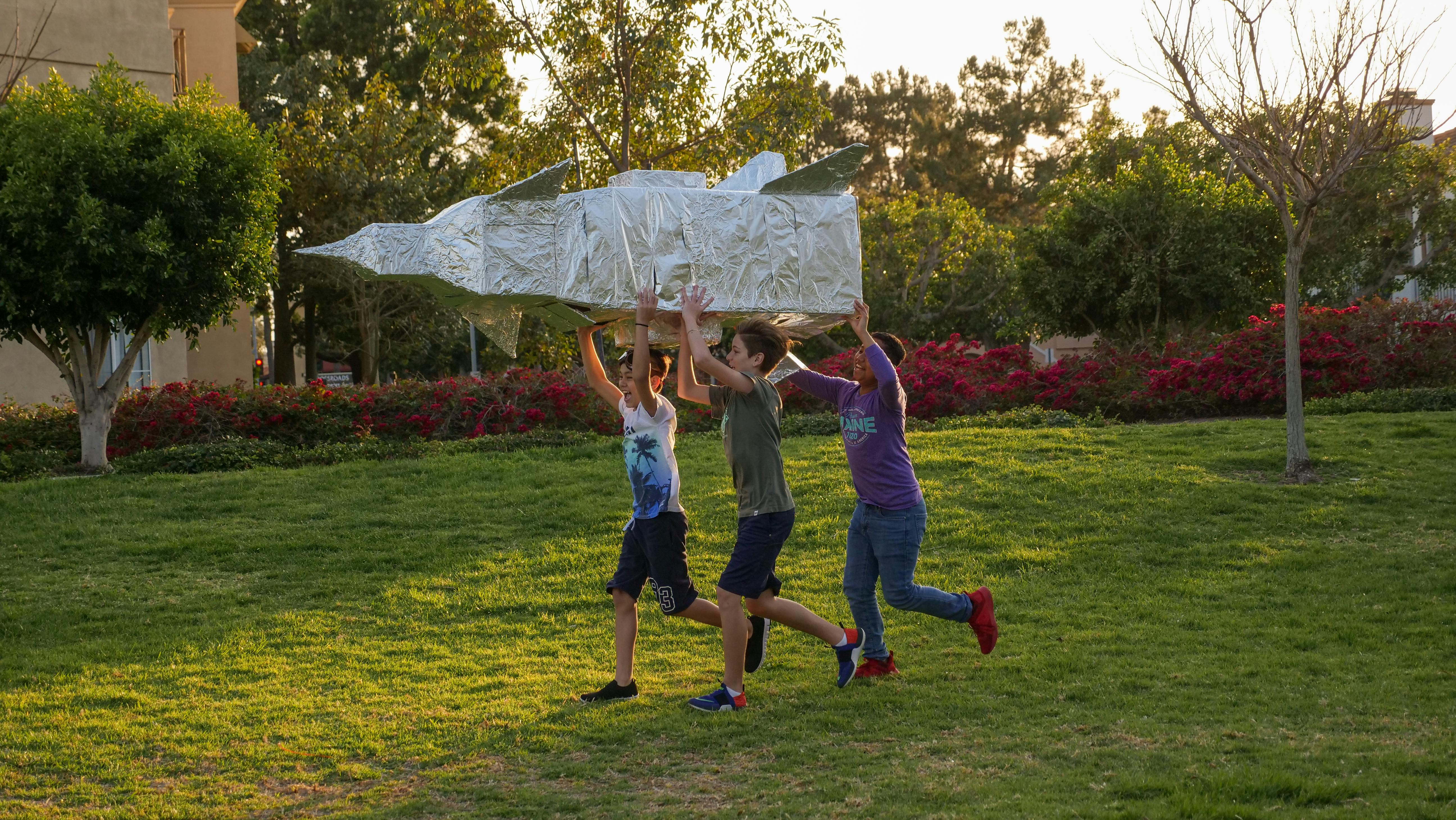The city of Rome, as everyone knows, was until 330 AD the capital of the ancient Roman Empire. But everyone (and maybe you too!) Would be wrong to think that the great Roman ruins are mainly located in Rome. No way. Why? Because for two thousand years the descendants of those ancient Romans have been building the modern city of Rome on the ruins, effectively burying the original buildings under a patina of modernity.
To see authentic Roman ruins, those remarkable ancient buildings made of carved marble and set stone as they might have appeared two thousand years ago, it is best to jump and jump across the Mediterranean Sea from Rome to ancient Carthage, the Roman capital. of Africa in present-day Tunisia. Tunis, the capital of Tunis, was built alongside ancient Carthage, rather than on top of it, so the Roman ruins of Carthage are perfectly preserved and clearly visible today in a way that the Roman ruins of Rome almost they never are.
Roman Africa was a center of commerce and commerce known for its deep loyalty and attachment to the mother culture centered in Italy. Carthage worshiped many gods, and it was easy to spot a Carthaginian priest from a distance because he was one of the few citizens allowed to be clean-shaven. The current situation is very different because you will rarely see a Tunisian who is not clean shaven, although many sport a mustache. Tunisia’s main source of foreign exchange these days, be it euros, yen or dollars, is tourism. Last year, something like seven million visitors enjoyed the delights of Tunisia’s restaurants, hotels, beaches, and historic sites, and especially the Roman ruins of Carthage. According to The New York Times, Tunisia is “known for its golden beaches, sunny weather and affordable luxuries.”
Cartago is a place you will not forget. Theaters, temples, villas and baths are revealed today in pristine condition, including what is probably the largest thermal baths ever built in the Roman Empire, the heated Antonine Baths of Carthage. These fabulous baths, along with the ruins of the ancient Roman amphitheater, are probably the two biggest draws for visitors to Carthage.
For the best view of Carthage, take time out of your visit to walk the gentle slopes of Byrsa Hill, which overlooks ancient ruins and at the top you will also find the fabulous Carthage Museum. The museum has one of the best exhibits of mosaics, along with sculptures and artifacts from the period before Carthage’s destruction in 146 BC. Also on the hill of Byrsa is the Cathedral of St. Louis, built by the French in 1890 and dedicated to the 13th century holy king who died on the shores of Carthage in 1270. It is no longer used as a place of worship and now It is often the site of concerts.

